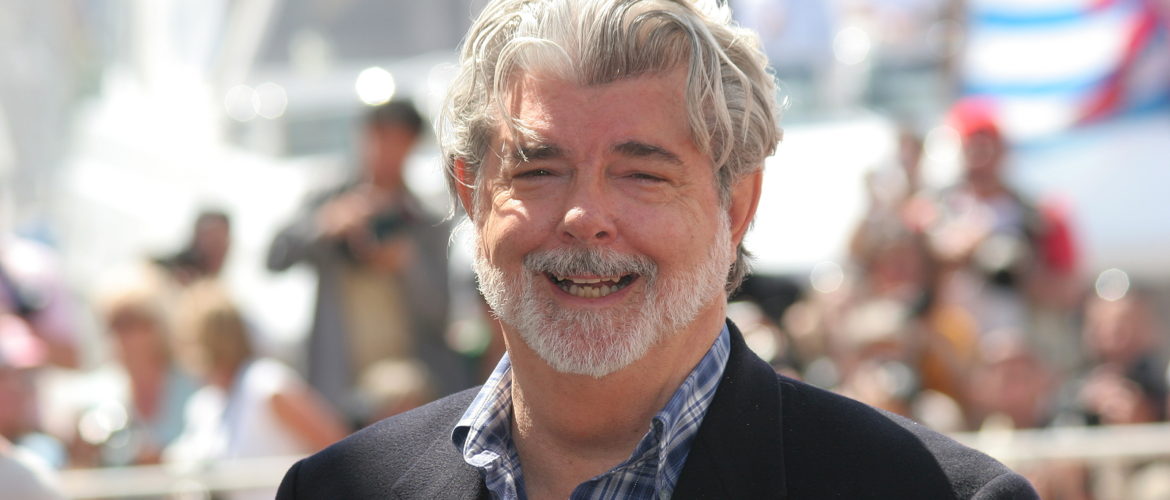George Lucas and the Lucas Museum of Narrative Art

The name of George Lucas has become firmly associated with Star Wars for millions of people around the globe. His contribution to contemporary cinema culture is indeed undeniable, and his role as a pioneering filmmaker is profound. Yet, Lucas may be credited not only for the interstellar universe of Darth Vader; he has quietly made another contribution to the world of art, which extends far beyond filmmaking.
George Lucas, Not Only the Father of Star Wars
George Lucas became globally popular after the release of Star Wars in 1977. This film redefined the possibilities of cinema and introduced a new form of epic storytelling that no other filmmaker managed to surpass. Many other films followed, expanding Lucas’s universe endlessly and winning him millions of new fans. His epic galaxies, interstellar battles, and universes populated with heroes still excite people’s minds, resonating across generations.
Yet, besides his enormous contribution to contemporary cinema, Lucas has been a passionate art collector throughout his lifetime. He’s widely known for his admiration for Norman Rockwell’s art, long regarded as plain illustration before the artist’s ascension to a new status as a pop art icon. The filmmaker is a proud owner of more than 900 works by Rockwell, as well as art pieces by other American illustrators, such as N. C. Wyeth and Maxfield Parrish. George Lucas’s collection also features Golden Age comics and storyboards, reflecting the owner’s fascination with 20th-century pop art.
About the Lucas Museum of Narrative Art
George Lucas’s lifelong passion for storytelling has condensed into another innovative idea – an ambitious cultural project currently under development in Los Angeles’ Exposition Park. As an avid art collector, Lucas has been nurturing an idea to create a tribute to the power of narrative as the highest form of human cultural practice. This idea laid the foundation for the Lucas Museum of Narrative Art, designed by MAD Architects, who developed an architectural form reminiscent of Lucas’s iconic spacecraft images to bring that idea to life.
As soon as the project is finalized, it will host a vast collection of art from the Lucas family, with further ambitious expansion plans spanning comic art, photography, digital media, and film stills. The museum’s collection is also expected to reflect George Lucas’s belief in pop art and cultural memorabilia as equal to fine art. This way, the Lucas Museum of Narrative Art promises to become a new cultural universe with a democratized approach to art and art-mediated storytelling.
